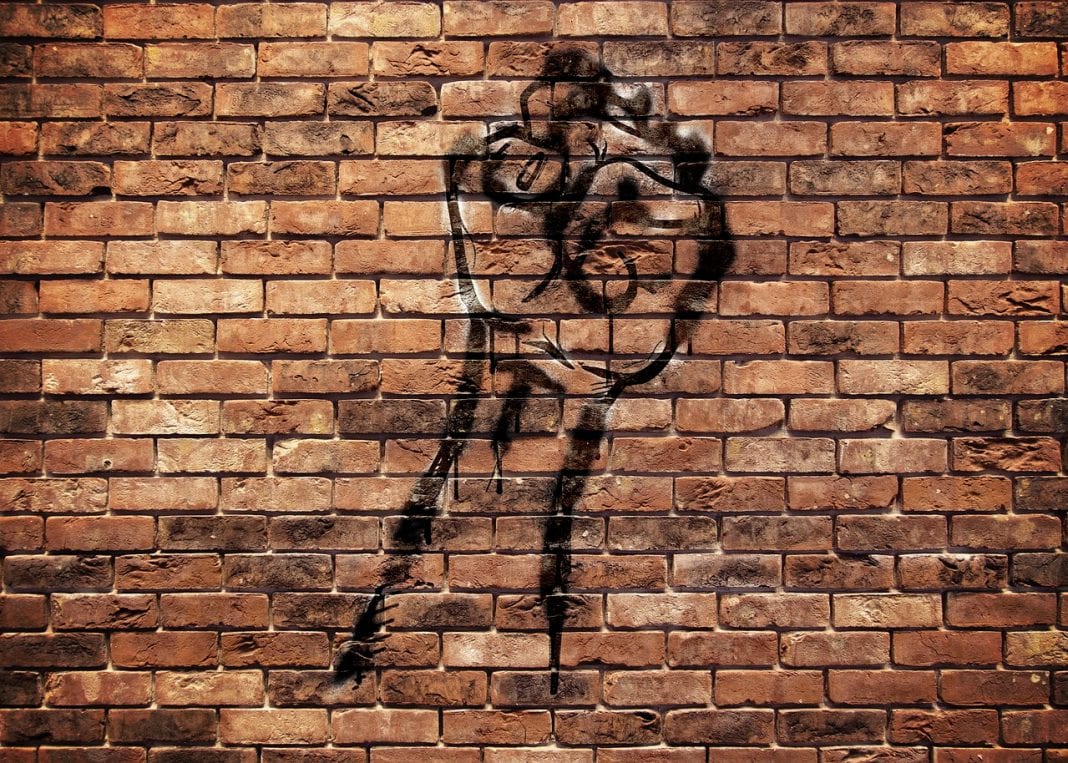Critical tax theory argues that tax fairness should take into account race, gender, and sexual orientation
 Jack Mintz: Implementing critical tax theory in Canada a bad ideaImagine if, in her recent budget, federal Finance Minister Chrystia Freeland announced higher taxes on capital gains – except for women, visible minorities and Black, LGBTQ+ and Indigenous Canadians. Most people would be appalled.
Jack Mintz: Implementing critical tax theory in Canada a bad ideaImagine if, in her recent budget, federal Finance Minister Chrystia Freeland announced higher taxes on capital gains – except for women, visible minorities and Black, LGBTQ+ and Indigenous Canadians. Most people would be appalled.
But woking up the tax system has many adherents. Just last week, I received emails from editors of two distinguished tax journals – Tax Notes, a leading U.S. publication, and the Canadian Tax Journal – seeking papers on “critical tax theory.” Are ethnically specific taxes really something we should be considering?
Mainstream tax theory argues the overriding objective of taxation is to raise revenue to cover the cost of public services. There are three main criteria for a “good” tax structure: efficiency, simplicity and equity.
Efficiency means taxes involve minimal distortion of economic activity: they raise revenue without inducing people to change their economic choices for tax reasons.
Tax equity has long been based on the twin notions of “horizontal equity” – people with the same incomes, consumption or wealth should pay the same taxes – and “vertical equity” – those with greater ability to pay should pay more.
Critical tax theory views tax equity differently, however. One of its leading proponents, the University of Pittsburgh’s Anthony Infanti, argues that what’s considered fair in taxation should not just be based on people’s “ability to pay.”
Other characteristics such as race, gender, sexual orientation and physical ability should also be taken into account. Because it doesn’t generally do that, Infanti argues that the existing tax system contains “invidious discrimination that already imposes heavy burdens on its victims.” Shades of Marxist tinkering to support the downtrodden worker (except that Marx wanted to help all workers, regardless of racial or ethnic identity).
Critical tax theory goes back to several papers written in the 1990s that claimed the U.S. tax code protects white wealth with, for instance, low capital gains taxes or benefits for home ownership that effectively discriminate against minorities, who are more likely to be renters. Likewise, family-based taxation (e.g., joint filing in the U.S.) discriminates against women, who are subject to higher marginal tax rates if they join the workforce. In mainstream tax policy, these conclusions are debatable since there may be both efficiency and equity arguments for specific preferences.
Critical tax theory is obviously correct in that people differ in more ways than just by income. But woke privileging of “marginalized” groups itself ignores that people within groups differ in terms of innate ability, education, religion, region and many other factors that explain differences in their incomes. It leads to the simplistic – and racially discriminatory – conclusion that whites should bear more tax than others whose income or wealth may be the same as theirs.
In fairness, some “positive discrimination” is already part of mainstream tax theory and policy. Governments have long reduced taxes for people with disabilities on the grounds that they incur extra costs to earn a livelihood or enjoy a given standard of living. Critical tax theory has also argued for equal tax treatment of same-sex and traditional couples – but so would mainstream theory.
Critical tax theory goes off the rails in analyzing the tax burdens of designated groups chosen by the theorist. One paper argues that because tax expenditures are biased in favour of whites, we should, in the interest of social justice, raise taxes on capital and corporate income in order to make whites pay more.
But, as mainstream tax theorists have argued for over a half-century, taxing capital income is a form of double taxation on savings. When a taxpayer (black or white) spends all their earnings on consumption in a year, they pay tax only once. But savers pay tax twice – on the original earnings and any return on earnings they invest. Critical tax theory would add to the already discriminatory taxation of savings.
Higher-income taxpayers already pay the lion’s share of Canada’s income tax. In 2021, the top one percent paid 22.5 percent of income taxes, and the top 10 percent paid 54.4 percent. That is correct: one in 10 taxpayers paid one in two dollars of income tax. Even supposing whites dominate these top-income groups, aren’t they taxed enough?
Moreover, not all members of marginalized groups are poor. Check 2016 Statistics Canada data on average weekly earnings by ethnic group and you’ll find that Japanese, Korean, South Asian and Chinese Canadians earn more than white Canadians.
Even so, averages mask differences in income levels within each group: many Asian and white Canadians are poor. And although Black and Indigenous Canadians have lower incomes on average, many do better than the average Canadian does. Thus targeting groups by ethnicity or race instead of income or consumption would itself create inequities within groups.
Last year’s federal budget concluded that its tax hikes – primarily on corporate income – would have a neutral diversity effect. Critical tax theorists might not agree. Corporate tax increases fall mostly on consumers, workers and pension-owners, which means they may well hit women and marginalized Canadians disproportionately hard.
Imagine if, in her recent budget, federal Finance Minister Chrystia Freeland had announced higher taxes on capital gains – except for women, visible minorities and black, LGBTQ+ and Indigenous Canadians. Most people would be appalled.
Jack Mintz is a founding board member of the Aristotle Foundation for Public Policy and founder of the University of Calgary School of Public Policy.
The opinions expressed by our columnists and contributors are theirs alone and do not inherently or expressly reflect the views of our publication.
© Troy Media



































































